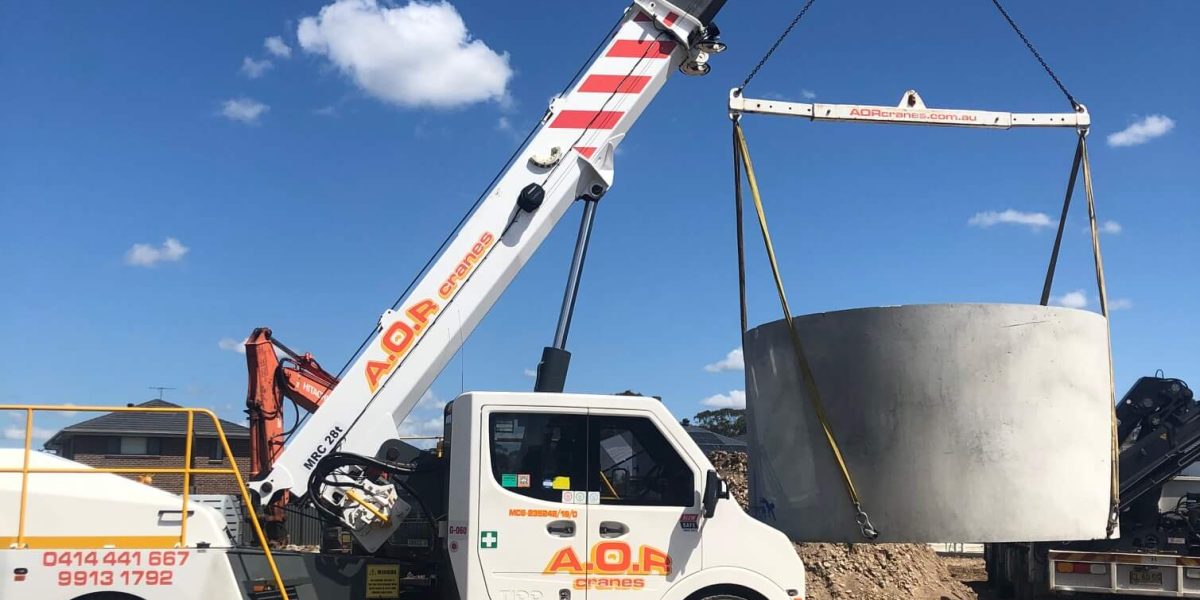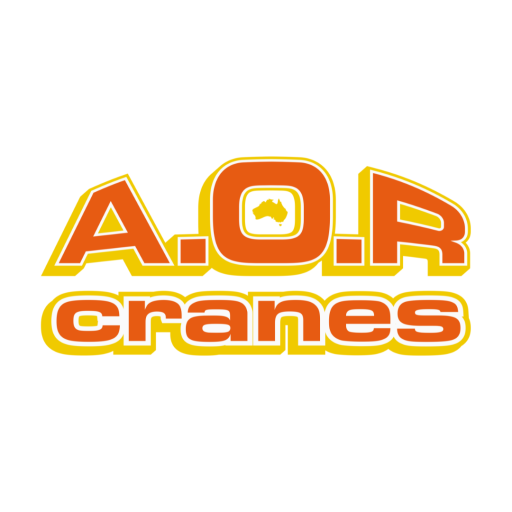
What Are the Factors That Affect Crane Lifting Capacity?
Crane lifting capacity is one of the most important aspects of any lifting operation. Whether you’re handling materials on a construction site or moving heavy loads in an industrial yard, understanding how much a crane can safely lift is vital. However, the actual lifting capacity of a crane isn’t just a number on a chart, it depends on many real-world conditions.
What Is Crane Lifting Capacity?
Crane lifting capacity refers to the maximum weight a crane can safely lift under specific conditions. This capacity is not a fixed number. It changes depending on how the crane is set up, where it is located, how far the load is from the base, and even the weather.
To make things more accurate, every crane comes with a load chart. This chart tells you the safe lifting limits at different boom lengths and working radii. For example, a crane might lift 50 tons at a 5-metre radius but only 5 tons at a 20-metre radius.
Why Lifting Capacity Matters?
- Getting crane capacity wrong can lead to:
- Crane tipping or collapse
- Structural damage to the crane
- Injury or fatality on site
- Legal penalties for non-compliance
- Project delays and extra costs
In Australia, crane operations fall under Work Health and Safety (WHS) laws. Failing to adhere to safe lifting capacities can result in heavy fines or legal action. Understanding these limits is not just good practice, it’s the law.
Misconceptions About Crane Capacity
One of the biggest misconceptions is that the maximum capacity listed on a crane’s specification sheet is always available. That’s rarely the case.
For example:
- A crane rated for 100 tons doesn’t lift 100 tons in every scenario.
- Boom extension, angle, and distance all reduce that number.
- Even the ground the crane sits on affects its real lifting power.
Another myth? “Bigger crane = safer lift.” Not always. An oversized crane on soft ground or improperly configured may be less stable than a smaller crane set up correctly.
6 Key Factors That Affect Crane Lifting Capacity
1. Boom Length and Angle
The boom is the long arm that extends to lift the load. The longer it stretches, the lower the lifting capacity. A boom at a high angle (closer to vertical) can lift more. As the angle lowers (more horizontal), leverage increases and capacity decreases.
For example, a crane with a 30-metre boom at an 85° angle might lift 8 tons, but at a 45° angle, it may only lift 2 tons safely.
These cranes are highly affected by changes in boom length and angle.
- All-Terrain Cranes: Highly affected. They rely on telescopic booms and need proper boom angles for safe lifting.
- Franna Cranes: Very sensitive due to shorter, compact booms.
- Crawler Cranes: Less affected due to lattice booms but still lose capacity with increased radius.
2. Radius (Distance from Centre of Rotation)
The radius is the horizontal distance from the crane’s centre of rotation to the load. The greater the radius, the less the crane can lift. A small increase in radius can sharply reduce capacity.
Example: A crane lifting a load at 10 metres might have a capacity of 15 tons, but if the radius extends to 20 metres, that capacity might drop to 5 tons, a 66% decrease.
These cranes are highly sensitive to changes in lifting radius,
- Mobile Cranes: Heavily affected. Capacity drops fast as the load moves outward.
- Tower Cranes: Also impacted at longer reaches.
- Crawler Cranes: Better performance at longer radius due to strong base and ground contact.
3. Crane Configuration (Counterweights, Jib Attachments, Outriggers)
How a crane is set up directly affects its lifting ability. Key configuration factors include:
- Counterweights: Counterweights are heavy blocks placed at the rear of the crane to balance the load being lifted. The heavier the counterweight (within design limits), the more stable the crane becomes, allowing it to lift heavier loads safely.
- Jib Attachments: Jibs are extensions added to the boom for greater reach and height, commonly used for tall structures. However, the extended reach reduces leverage and lifting strength, so overall capacity decreases when a jib is in use.
- Outriggers: Outriggers extend from the crane’s base to provide a wider, more stable footprint. They help distribute weight evenly, prevent tipping, and can boost lifting capacity by 30–40%, especially on rough or uneven surfaces.
These cranes rely greatly on proper configuration
- All-terrain cranes & rough-terrain cranes: rely heavily on counterweights and outrigger spread.
- Franna Cranes: Easily affected; without outriggers, they must balance weight precisely.
- Mini Crawler Cranes: Often operate with limited counterweight due to their compact size.
4. Ground Conditions and Setup
Even the most powerful crane can become unstable if it’s set up on weak ground. Soft, uneven, or wet ground can shift under load, causing tipping. Proper use of mats, pads, or steel plates helps distribute weight.
Ground conditions can severely impact the stability of these cranes,
- Crawler Cranes: Best suited for soft or muddy terrain due to wide tracks.
- Franna and Mobile Cranes: Very sensitive – must use outrigger pads or mats.
- Rough Terrain Cranes: Perform better on rough surfaces but still require inspection.
Always perform ground load-bearing tests before setup. Wet soil, fill dirt, or sandy surfaces are high risk.
5. Weather Conditions
Weather can greatly affect lifting operations, especially
- Wind: Strong winds can cause loads to sway, increasing stress on the boom and reducing control. Gusts over 20–25 km/h may require stopping lifts, especially with large or awkward loads.
- Rain: Rain makes surfaces slippery and weakens ground stability, increasing the risk of crane tipping or outrigger sinking. It also reduces visibility and complicates load handling.
- Cold temperatures: Freezing conditions can slow hydraulic systems, make steel brittle, and cause components to freeze or malfunction. Extra inspections and warm-ups are crucial before lifting.
Weather has a greater impact on these types of cranes.
- Tower Cranes: Highly wind sensitive. Often shut down when winds exceed 50–60 km/h.
- All-Terrain and Mobile Cranes: Winds can reduce boom control at full extension.
- Mini Crawler Cranes: Affected more by rain-soaked ground than wind.
6. Operator Skill and Safety Systems
A well-trained operator can adapt to changing conditions, read load charts properly, and avoid risky lifts. Misinterpretation of load charts is a common cause of accidents.
Modern cranes have load moment indicators (LMI) and safety cutoffs that alert or stop operations if limits are exceeded. Still, human oversight and experience play a huge role. According to safety reports, over 60% of crane accidents involve human error – many due to poor planning or miscommunication. Training and certification under Australian standards (e.g., High Risk Work License – Class CN, C6, C1) are legally required for all crane operators.
All crane types benefit from skilled operation, but:
- Franna and City Cranes: require more precision in confined or high-traffic areas.
- Mobile Cranes: need alert operators due to their quick-deployment nature.
Final Thoughts
Crane lifting capacity isn’t a fixed number. It’s a dynamic value that depends on multiple conditions – boom length, radius, configuration, ground stability, weather, and operator judgment.
Different cranes respond differently to these factors. A Franna crane is quick and versatile but can be unstable on soft ground. A crawler crane is great for rough terrain but may not be ideal for urban sites. Knowing how lifting capacity changes across these conditions helps avoid costly mistakes and ensures your project runs safely.
Need help choosing the right crane for your project?
AOR Cranes provides expert advice, fully maintained equipment, and certified operators to match your lifting needs. Contact us today to talk to a lifting specialist.

AOR Cranes is dedicated to delivering top-notch crane hire services with safety, reliability, and expertise at the core. With over 30 years of experience, we handle every project with care and expertise to meet your needs.








